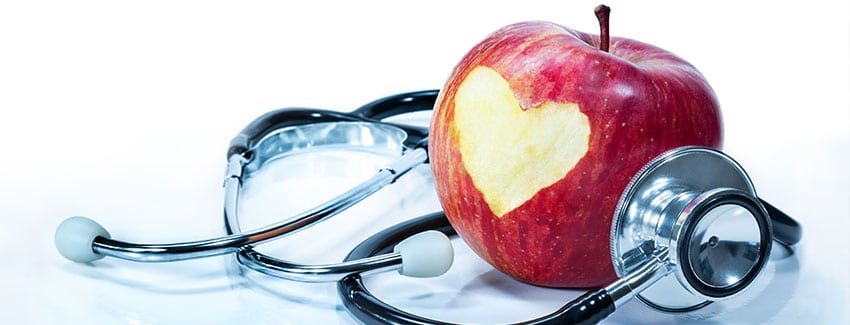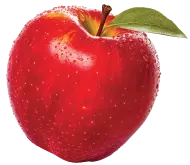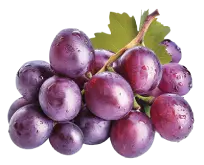
Prior to the pandemic, younger consumers expressed a pronounced interest in foods and beverages that offer synergistic benefits, beyond taste and nutrition, to support vital functions such as immune support, gut health, and cognition, among others. This interest in functional foods has not waned but grown stronger given the health concerns shared by all Americans.
Research indicates that fruit ingredients can play a significant role in promoting a healthy immune system. We’re hoping you can tune in to our free webinar, Immune-Boosting Food and Drink that Consumers Want, which we are cohosting with Mintel on November 12th at 12:00 PST.
Fruit Ingredients and Immune Health
One ingredient proven to benefit any number of health conditions is fruit. Apples offer a rich phytochemical profile that is associated with beneficial effects on several different health challenges such as cancer, cardiovascular disease, and diabetes, while providing gastrointestinal protection. Given time constraints of a single webinar, we will discuss just a few aspects of fruit ingredients that help promote immune health:

- Prebiotic contribution—Approximately 75% of the body’s immune-boosting activity begins in the gut through naturally-occurring “friendly flora” or beneficial bacteria. A healthy diet that contains the right combination of prebiotic or fiber-rich foods such as fruits, vegetables and whole grains, can contribute to the proliferation and stability of the positive acting bacteria. This boosts the body’s ability to produce a positive immune response. (Reference sources are listed at the conclusion of this post).
What is a prebiotic?
Prebiotics are basically fiber compounds that pass through the upper part of the gastrointestinal system intact or undigested. These act as fertilizer in a way, to stimulate the growth and activity of friendly or beneficial bacteria that then can colonize the large bowel for the betterment of human health. Several studies point out that proper dietary practices can modify gut microbiota profiles. Apples and apple products and pear fiber for example, fall within the category of prebiotics.
Antioxidants
The function of an antioxidant is to help prevent or slow damage to cells caused by free radicals. A free radical is an unstable molecule produced by the body as a reaction to stress created by the environment or other pressures. When the body cannot process or remove these free radicals, the resulting oxidative stress can harm cells and bodily functions. The body produces its own complement of antioxidants while external sources of antioxidants are found in certain plant-based foods.
Phenols consist of a class of chemical compounds, typically found in plants, therefore also considered a phytochemical. Flavonoids comprise the largest group of naturally-occurring phenolic compounds, accounting for 60% of all polyphenols. Flavonoids are powerful antioxidants, helping regulate cellular activity to fight off free radicals.
- Antioxidant activity—The best foods to support the immune system are those that are high in antioxidants, which protect our bodies from cell damage and harmful levels of inflammation. Antioxidants such as beta-carotene and vitamins C and E can be found in many foods but are especially plentiful in fruits and vegetables.
More than one study demonstrated increased antioxidant enzymes related to apple consumption, including Superoxide dismutase (SOD) and glutathione peroxidase, in erythrocytes (a red blood cell) and overall antioxidant potential in plasma. The upregulation of these enzymes suggests that regular apple consumption might promote a favorable milieu to reduce oxidation.
Age Old Adage – An Apple A Day Keeps the Doctor Away
Apple products are among the top three or four dietary sources of total phenolics – not just in America but worldwide. Apples are a significant source of flavonoids in people’s diets. One study out of Finland, conducted among approximately 10,000 participants, associated flavonoid intake with a lower total mortality. Apples have the highest portion of free phenolics when compared to other fruits.
While this is by no means a comprehensive look at the multiple ways fruit ingredients can benefit the human body, we are happy to speak with you about other nutritional and functional benefits plant-based phenolics and prebiotics can add to applications. We can help pinpoint the right fit between fruit ingredient and your formulation goals.
Mark your calendar and join us for our free webinar on November 12th at 12:00 p.m., PST. Register here.
More about the author:
Kevin has been with Tree Top, Inc. since 2011 and is currently a Senior Food Scientist. In this role, he focuses on process research, troubleshooting existing products and processes, providing technical support to internal and external customers, and maintaining research projects. Kevin earned a B.S. in biology with a minor in philosophy at the University of Pittsburgh at Bradford and a Ph.D. in food science from Virginia Tech. After completing his doctorate, he worked for a year as a postdoctoral associate at Virginia Tech investigating antimicrobial alternatives to sodium benzoate in beverages.
Reference sources:
- Hyson DA. A comprehensive review of apples and apple components and their relationship to human health.Adv Nutr. 2011;2(5):408-420. doi:10.3945/an.111.000513
- Wu HJ, Wu E. The role of gut microbiota in immune homeostasis and autoimmunity.Gut Microbes. 2012;3(1):4-14. doi:10.4161/gmic.19320
- Koutsos A, Tuohy KM, Lovegrove JA. Apples and cardiovascular health–is the gut microbiota a core consideration?. Nutrients. 2015;7(6):3959-3998. Published 2015 May 26. doi:10.3390/nu7063959
- Sun J, Chu Y, Wu X, Liu RH. Antioxidant and antiproliferative activities of common fruits. J Agric Food Chem. 2002;50:7449–7454. doi: 10.1021/jf0207530. [PubMed] [CrossRef] [Google Scholar]
- Boyer J, Liu RH. Apple phytochemicals and their health benefits. Nutr J. 2004;3:5. Published 2004 May 12. doi:10.1186/1475-2891-3-5
- Knekt P, Kumpulainen J, Jarvinen R, Rissanen H, Heliovaara M, Reunanen A, Hakulinen T, Aromaa A. Flavonoid intake and risk of chronic diseases. Am J Clin Nutr. 2002;76:560–568. [PubMed] [Google Scholar]
- https://www.sciencedirect.com/topics/food-science/phenolic-compound
- https://www.samhealth.org/about-samaritan/news-search/2020/06/08/boost-immunity-with-good-nutrition-covid19




